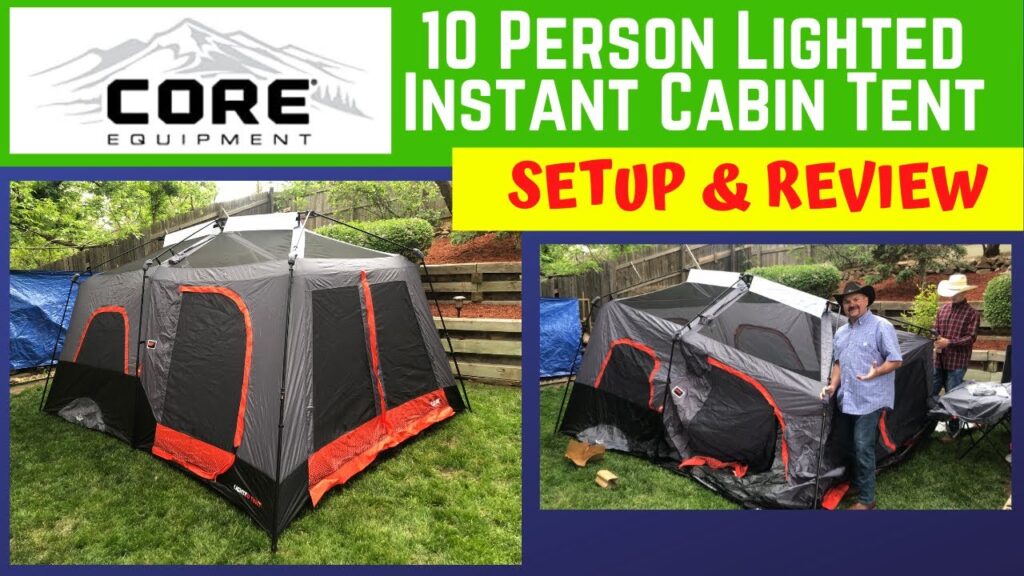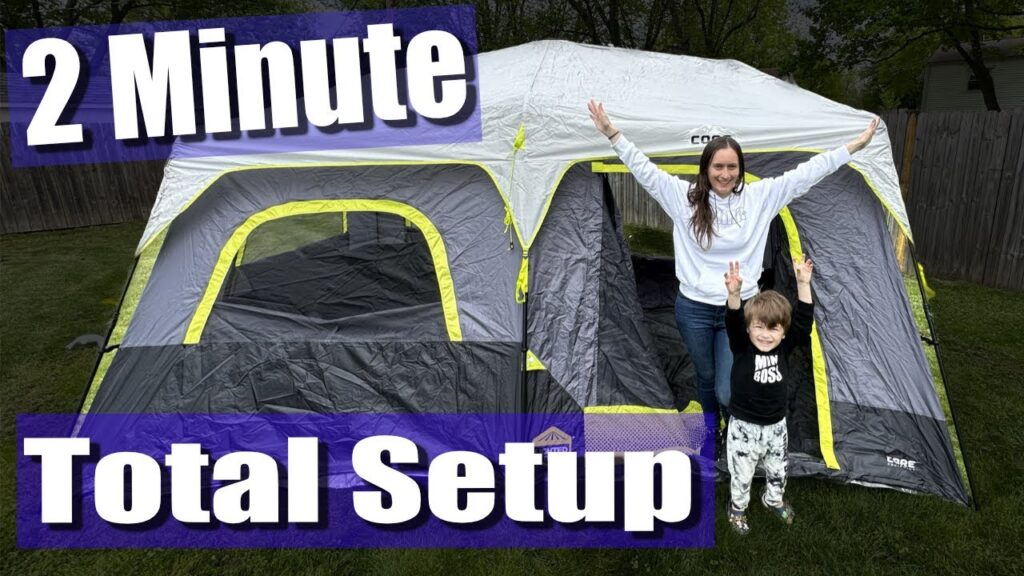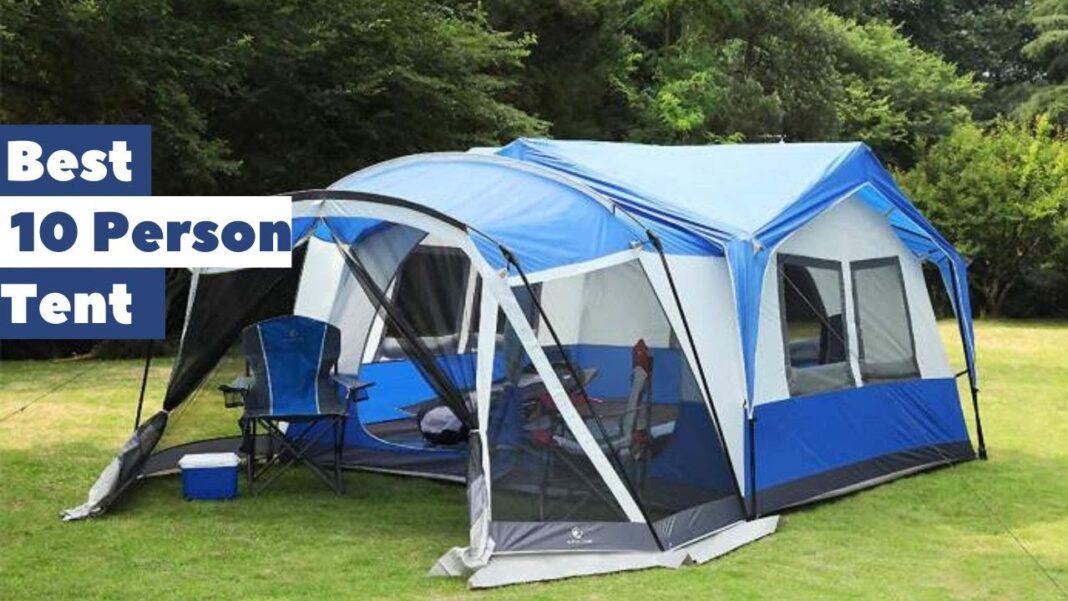When it comes to accommodating large groups during outdoor adventures, a 10-person tent offers ample space and comfort. In this comprehensive guide, we’ll delve into the materials, shapes, types, and sizes of these tents, along with providing a step-by-step guide on how to pitch one effectively.
Materials
10-person tents are typically constructed from durable materials to withstand various weather conditions. Common materials include:
- Polyester: Known for its water-resistant properties, polyester is a popular choice for tent fabric.
- Nylon: Lightweight and sturdy, nylon is often used in high-quality tents.
- Canvas: While heavier than polyester or nylon, canvas tents are incredibly durable and provide excellent insulation.
Shapes
10-person tents come in various shapes, each catering to different preferences and needs:
- Dome Tents: Featuring a rounded shape, dome tents offer good stability and headroom.
- Cabin Tents: Characterized by vertical walls, cabin tents maximize interior space and often include multiple rooms or dividers.
- Tunnel Tents: With a long, tunnel-like structure, these tents provide spacious interiors and are ideal for larger groups.

Types
When selecting a 10-person tent, consider the following types:
- Traditional Tents: These tents require manual assembly with poles and stakes.
- Instant Tents: Designed for quick setup, instant tents feature pre-attached poles that pop into place.
Sizes
10-person tents come in a range of sizes to accommodate different group configurations and camping needs. These tents typically offer ample space for sleeping, storage, and communal activities, ensuring everyone has enough room to relax and unwind after a day of outdoor adventures.
10-person tents vary in size, but most offer generous dimensions to accommodate large groups comfortably. Typical dimensions include:
- Floor Area: Ranging from 150 to 200 square feet.
- Peak Height: Between 6 and 7 feet for ample headroom.
SHOP NOW

Items Needed to Pitch a 10-Person Tent
Before pitching your 10-person tent, ensure you have the following items:
- Tent (including rainfly, poles, and stakes)
- Ground tarp or footprint
- Hammer or mallet
- Guy lines (if required)
- Tent stakes
- Instructions manual
Step-by-Step Guide to Pitching a 10-Person Tent
Step 1: Choose a Suitable Location
Select a flat, level area free from rocks, branches, and other debris. Ensure there are no hazards such as ant hills or potential flooding areas nearby.
Step 2: Lay Out the Ground Tarp
Place the ground tarp or footprint where you intend to pitch the tent. This provides an extra layer of protection against moisture and sharp objects.
Step 3: Unfold the Tent
Unpack the tent and lay it flat on top of the ground tarp, ensuring the door is facing the desired direction.
Step 4: Assemble the Poles
Follow the manufacturer’s instructions to assemble the tent poles. Slide each pole through the corresponding sleeves or clips on the tent body.

Step 5: Raise the Tent
With the help of a partner, lift the tent poles into an upright position. Secure them in place by attaching them to the grommets or hooks on the tent corners.
Step 6: Attach the Rainfly
If your tent includes a rainfly, drape it over the tent body and secure it to the poles using the provided clips or fasteners.
Step 7: Stake Down the Tent
Drive the tent stakes into the ground at a 45-degree angle, starting with the corners and then securing the guy lines if applicable.
Step 8: Adjust and Secure
Once the tent is standing, adjust the tension on the guy lines and stakes to ensure the tent is taut and secure.
Step 9: Test the Setup
Enter the tent and check for any sagging or loose areas. Make any necessary adjustments to ensure a snug and secure fit.
Step 10: Enjoy Your Shelter
With your 10-person tent pitched and secure, relax and enjoy the great outdoors with your companions.
Conclusion
A 10-person tent provides ample space and comfort for large groups during outdoor adventures. By understanding the materials, shapes, types, sizes, and proper pitching techniques, you can make the most of your camping experience. Follow this guide, and you’ll be well-equipped to set up your 10-person tent with ease and efficiency.
